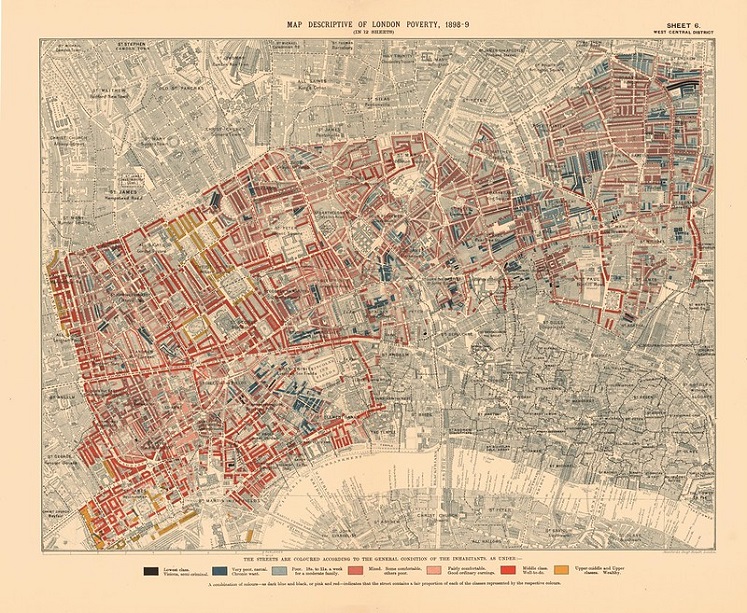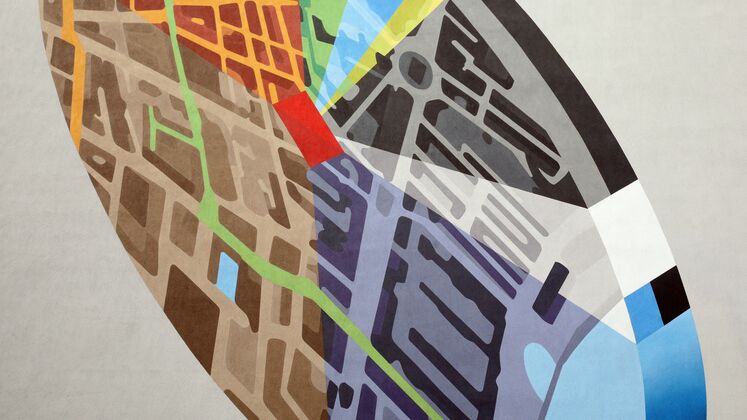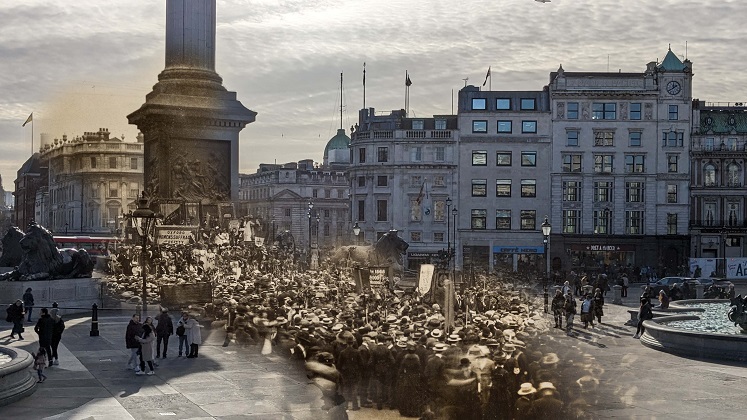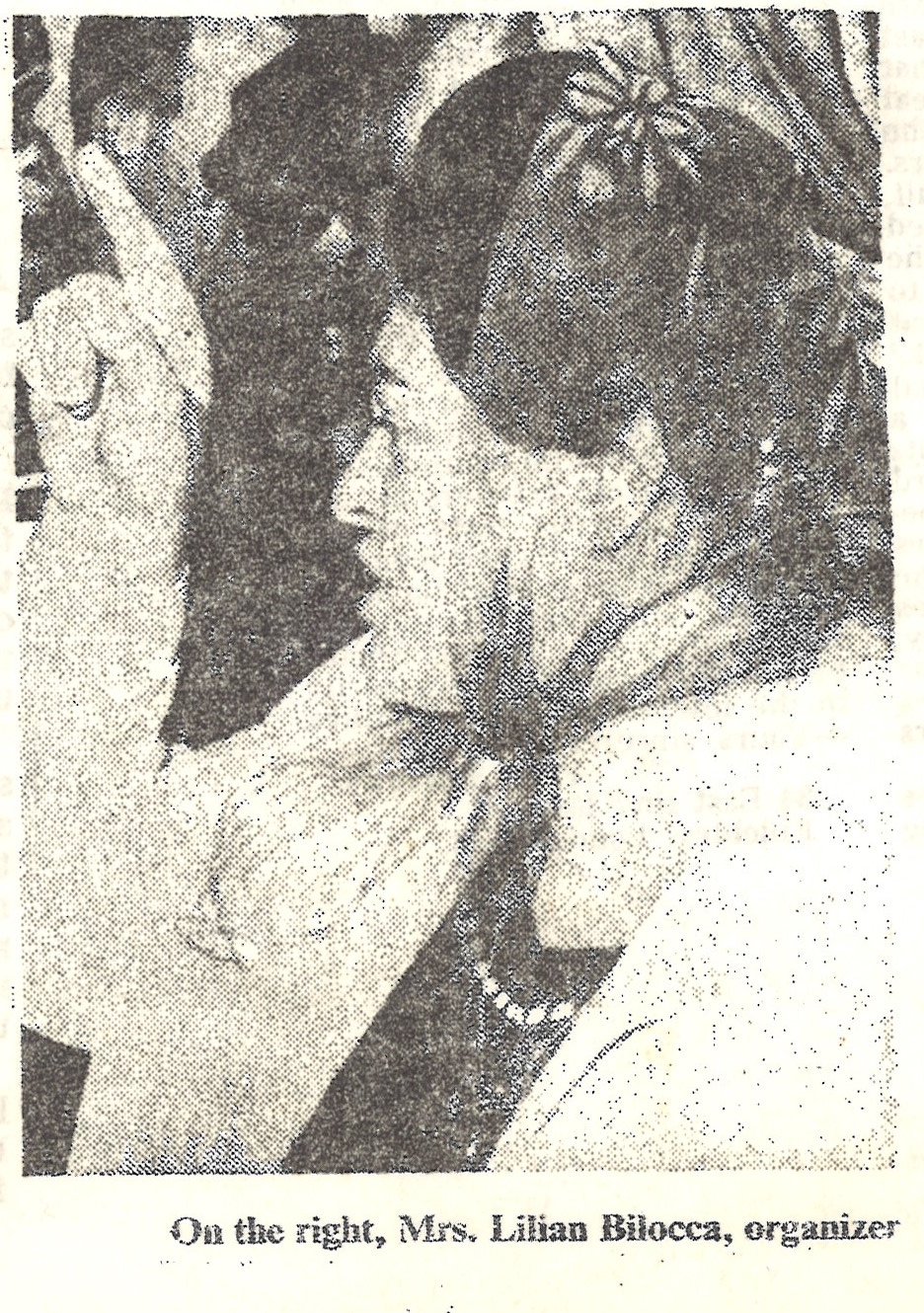Overlooking the square outside LSE’s Centre Building, Spectra by artist Tod Hanson is a five-storey-high mural in the centre of campus. Commissioned to mark LSE’s 125th anniversary in 2020, the mural has been supported by a gift from an alumnus, who hopes it will inspire current and future generations.
Created by artist Tod Hanson, the starting point for Spectra is the Booth Poverty Map, which has been inscribed into UNESCO’s Memory of the World Register. The section of map the artwork focuses on depicts the area of London which our campus now occupies: we see the green of Lincoln’s Inn Fields at the top, and the organic arc of the Thames in the lower section. In an approximation of a centre point, a red square denotes the Centre Building.

The original map is part of LSE Library’s archive of Charles Booth’s Inquiry into the Life and Labour of the People in London (1886-1903). The archive documents the social and economic life of London, highlighting its complexities and contradictions. Booth’s methodologies are now recognised as a key milestone in the development of social research techniques.

Superimposed on the Booth map (which has had names and colours removed in a deliberate artistic abstraction) is the familiar visual of the pie chart, suggesting data analyses and methodologies for assessing the world we inhabit.

The artwork’s elliptical form is distorted through Hanson’s use of trompe l’oeil. This means that from certain vantages the disc will appear to be 3D, sinking into or rising from St Clement’s Wall.
I have been inspired by LSE’s ambition to create a world class campus. I hope these works will, in turn, inspire current and future generations at LSE to continue shaping the world.
Mario Francescotti
Spectra is the first in a series of three pieces of public art that will be on St Clement’s wall – one for each key priority of our strategy LSE 2030. This has been made possible by LSE alumnus Mario Francescotti (BSc Economics 1981), an LSE Benefactor and emeritus governor. Spectra is intended to illustrate LSE 2030’s first priority, “educate for global impact”. The mural is a focal point for the new LSE Square, as well as those viewing it from each of the twelve floors of the award-winning Centre Building.
This post was originally published as part of The Impact of Your Support, highlighting some of the many ways in which alumni, friends and partners are powering the people and the research that shape our world for good.





